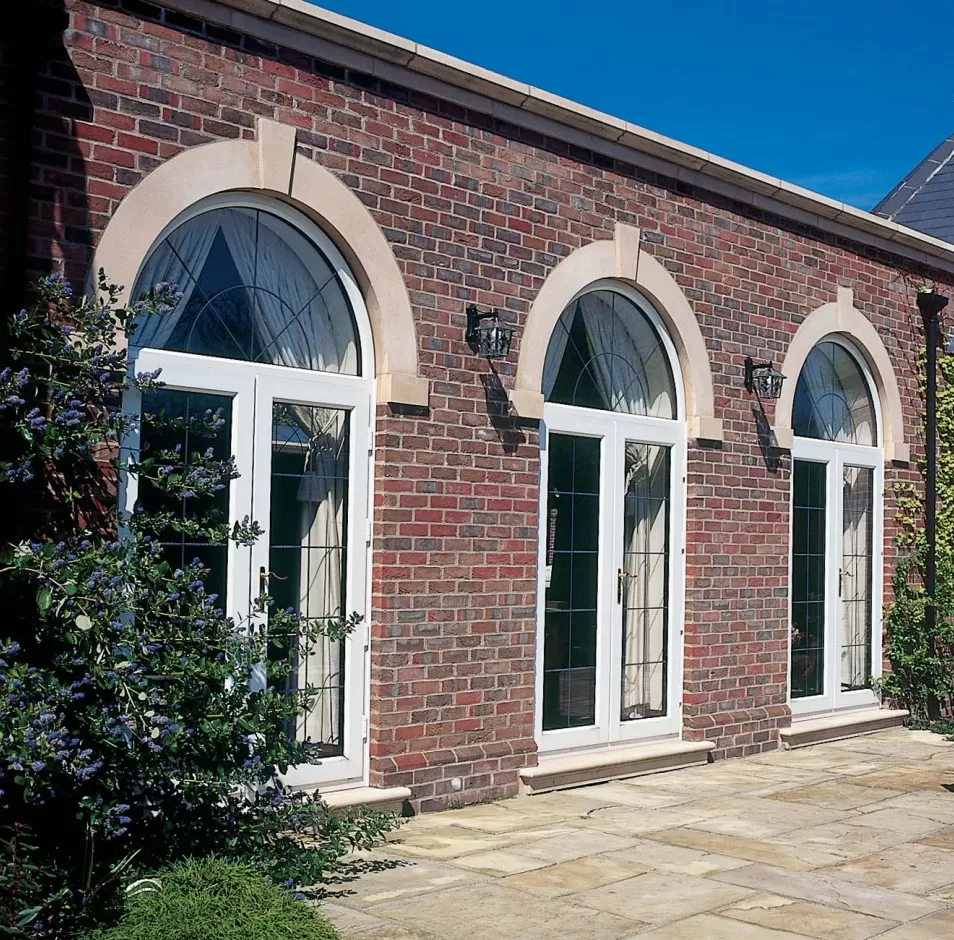This company has no active jobs
0 Review
Rate This Company ( No reviews yet )
Something About Company
The 10 Most Scariest Things About French Door Replacement
French Door Replacement: A Comprehensive Guide
French doors are a popular choice among property owners for their visual appeal and capability to enhance natural light in a space. Nevertheless, like any home feature, they may need replacement with time. Elements such as wear and tear, shifting environment demands, and modifications in individual design can result in the requirement for new French doors. This article uses a useful overview of French door replacement, detailing when to replace them, the types offered, actions in the replacement process, prospective costs, and frequently asked concerns.
When to Consider French Door Replacement
Replacing French doors may become required for several factors, consisting of:
- Damage: Cracks, warping, and damaged hardware can jeopardize functionality and security.
- Energy Efficiency: Outdated doors might not provide sufficient insulation, resulting in increased energy costs.
- Aesthetic Changes: Home restorations or modifications in personal taste can prompt the desire for new doors.
- Functionality Issues: Difficulty in opening or closing, or a lack of smooth operation may indicate it’s time for replacement.
Signs Your French Doors Need Replacement:
- Water damage or rot in wood frames
- Draughts even when doors are closed
- Difficulty in locking or sticking doors
- Noticeable indications of wear such as peeling paint or rust
- Condensation between double-glazed panes
Types of French Doors
When thinking about replacement, house owners have several alternatives readily available:
-
Material Types:

- Wood: Classic, conventional appearance with exceptional insulation however needs regular maintenance.
- Fiberglass: Durable and energy-efficient, simulating the look of wood without the upkeep.
- Vinyl: Low maintenance with energy-efficient properties, often offered in numerous colors.
-
Designs:
- Swinging French Doors: Open inward or outside, perfect for large openings.
- Sliding French Doors: Convenient for smaller areas, efficiently slide open on a track.
- Multi-Panel French Doors: Feature a number of panels for an expansive view and modern appeal.
-
Glass Types:
- Single-pane: Basic and cost effective however less energy-efficient.
- Double-pane: Improved insulation; suggested for energy preservation.
- Tempered Glass: Safety glass that withstands breakage.
Steps for Replacing French Doors
Changing French doors needs thorough planning and execution. Below is a step-by-step guide:
1. Measuring the Door Frame
Accurate measurements of the opening are vital to ensure the brand-new doors fit correctly. Measure the height and width of the frame and the density of the existing door.
2. Selecting the Replacement Doors
Pick the kind of French door that matches your home’s style and your spending plan. Consider materials, styles, and hardware options while making the choice.
3. Eliminating the Old Doors
Carefully eliminate the existing doors and take apart the hardware. Be careful not to damage the frame during this process.
4. Preparing the Frame
Examine the door frame for damage and make necessary repairs. Make sure the frame is square and level, as this will affect the installation of the brand-new doors.
5. Installing the New Doors
- Place the New Doors: Set the new French doors in the frame, ensuring they fit snugly.
- Level and Secure: Use shims to level the doors. Protect the doors with screws, making sure that hinges are correctly lined up.
- Install Hardware: Attach handles, locks, and other hardware.
6. Completing Touches
Seal around the edges with caulk to avoid drafts and improve energy performance. If the doors are wooden, think about finishing or painting them.
7. Testing
Open and close the doors several times to make sure smooth operation and proper alignment.
Expense of French Door Replacement
The cost of replacing French doors varies based upon materials, style, and labor. Below is a table summing up the approximated costs connected with various kinds of French doors:
| Type of Door | Typical Cost (Material Only) | Installation Cost Range | Total Estimated Cost |
|---|---|---|---|
| Wood | ₤ 400 – ₤ 2,000 | ₤ 200 – ₤ 500 | ₤ 600 – ₤ 2,500 |
| Fiberglass | ₤ 600 – ₤ 2,500 | ₤ 200 – ₤ 500 | ₤ 800 – ₤ 3,000 |
| Vinyl | ₤ 300 – ₤ 1,500 | ₤ 200 – ₤ 500 | ₤ 500 – ₤ 2,000 |
Note: Costs might differ based on area, brand, and specifics of the installation job.
Frequently Asked Questions About French Door Replacement
Q: How long does it take to replace French doors?A: The replacement
procedure generally takes a few hours to a day, depending upon the intricacy of the job and if extra repairs are required.
Q: Are French doors energy efficient?A: Modern French doors,
particularly those with double-pane glass and appropriate sealing, can be very energy effective. Q: Can I set up French doors myself?A: While DIY installation is possible for skilled property owners, employing a professional is encouraged to ensure an appropriate fit and surface, especially if adjustments to the frame are necessary. Q: What is the typical life expectancy of French doors?A: With proper maintenance, French doors can last anywhere from 15 to 30
years, depending upon the material and environmental conditions. French Door Replacement () improves a home’s performance and appeal. By understanding when to change them, what alternatives are available, and how to tackle the installation, property owners can make educated decisions that include worth and appeal to their home. With proper care, new French doors can supply years of service, convenience, and style.


